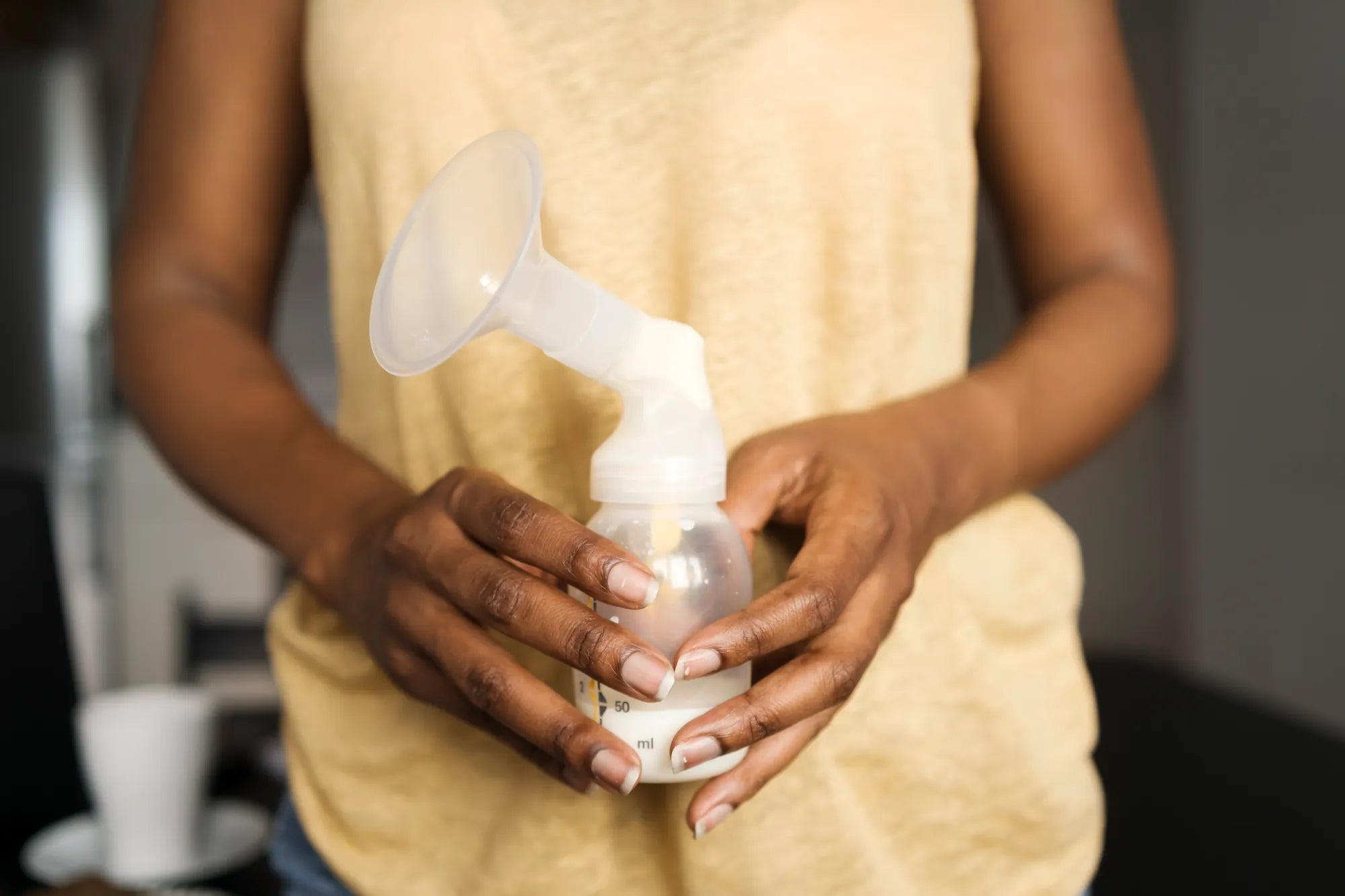Home
Pregnancy, Breastfeeding, and Pumping: The Ultimate Guide for Moms
How Long Do I Breast Pump For: A Comprehensive Guide

How Long Do I Breast Pump For: A Comprehensive Guide
Breast pumping is a crucial aspect of many breastfeeding journeys, but one of the most common questions new mothers ask is, 'How long do I breast pump for?' The answer isn't one-size-fits-all, as it depends on various factors such as milk supply, baby's needs, and your personal schedule. In this guide, we'll explore everything you need to know to determine the ideal pumping duration for your unique situation.
Understanding the Basics of Breast Pumping
Before diving into how long you should pump, it's essential to understand the basics of breast pumping. Breast pumps are designed to mimic a baby's sucking action, helping to stimulate milk production and express milk for later use. Whether you're exclusively pumping or supplementing breastfeeding, understanding how your body responds to pumping is key.
Factors That Influence Pumping Duration
Several factors can influence how long you should breast pump. These include:
- Milk Supply: If you have an oversupply, shorter sessions may suffice. Conversely, if you're struggling with low milk supply, longer or more frequent sessions may be necessary.
- Baby's Age and Needs: Newborns typically feed more frequently, which may require more frequent pumping sessions. As your baby grows, their feeding patterns may change.
- Pump Efficiency: The type of pump you use and its efficiency can impact how long you need to pump. High-quality pumps may extract milk more quickly.
- Personal Schedule: Balancing pumping with work, childcare, and other responsibilities can influence the duration and frequency of your sessions.
General Guidelines for Pumping Duration
While individual needs vary, here are some general guidelines to help you determine how long to pump:
- For Exclusive Pumpers: Aim for 15-20 minutes per session, 8-10 times a day, especially in the early weeks. This mimics a newborn's feeding schedule and helps establish milk supply.
- For Supplementing Breastfeeding: Pump for 10-15 minutes after breastfeeding sessions to ensure your breasts are fully emptied and to stimulate additional milk production.
- For Working Mothers: Pump for 15-20 minutes during breaks at work, ideally every 3-4 hours, to maintain milk supply and provide enough milk for your baby while you're apart.
Signs You're Pumping Long Enough
How do you know if you're pumping long enough? Here are some signs to look for:
- Breasts Feel Empty: Your breasts should feel softer and less full after a pumping session.
- Milk Flow Slows: When milk flow significantly slows or stops, it's a good indication that you've pumped enough.
- Consistent Milk Output: If you're consistently producing enough milk for your baby's needs, your pumping duration is likely sufficient.
Tips to Optimize Your Pumping Sessions
To make the most of your pumping sessions, consider these tips:
- Stay Relaxed: Stress can hinder milk letdown. Find a quiet, comfortable space to pump and try to relax.
- Use Proper Technique: Ensure your pump flanges fit correctly and that you're using the right suction settings to maximize milk expression.
- Massage Your Breasts: Gentle breast massage before and during pumping can help stimulate milk flow.
- Stay Hydrated and Nourished: Drinking plenty of water and eating a balanced diet can support milk production.
Common Mistakes to Avoid
While pumping, it's easy to fall into habits that may not be beneficial. Avoid these common mistakes:
- Pumping Too Long: Over-pumping can lead to sore nipples and may not necessarily increase milk supply.
- Inconsistent Schedule: Skipping or delaying pumping sessions can signal your body to produce less milk.
- Ignoring Comfort: Discomfort during pumping can reduce efficiency. Ensure your pump settings and flanges are comfortable.
Adjusting Pumping Duration Over Time
As your baby grows and your breastfeeding journey evolves, your pumping needs may change. Here's how to adjust:
- Early Weeks: Focus on frequent, shorter sessions to establish milk supply.
- Mid to Late Lactation: As your milk supply stabilizes, you may be able to reduce the frequency or duration of pumping sessions.
- Weaning: Gradually reduce pumping duration and frequency to avoid engorgement and discomfort as you wean.
When to Seek Help
If you're struggling with milk supply, discomfort, or other issues, don't hesitate to seek help. Lactation consultants, healthcare providers, and breastfeeding support groups can provide valuable guidance and support.
Determining how long to breast pump is a personal journey that depends on your unique needs and circumstances. By understanding the factors that influence pumping duration and following these guidelines, you can optimize your pumping sessions and support your breastfeeding goals. Remember, every drop of milk you provide is a gift to your baby, and finding the right balance will help you thrive in your breastfeeding journey.
Share


